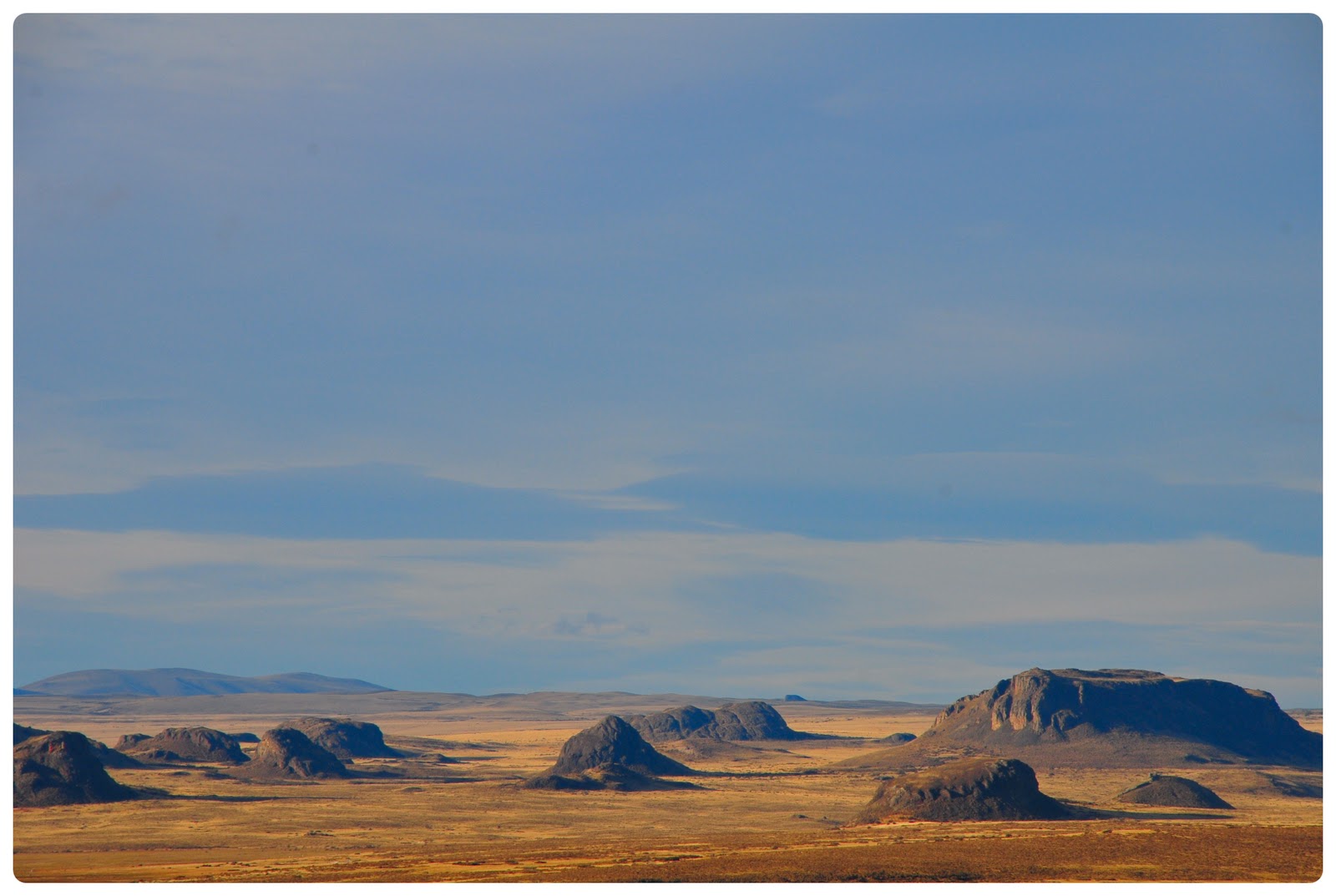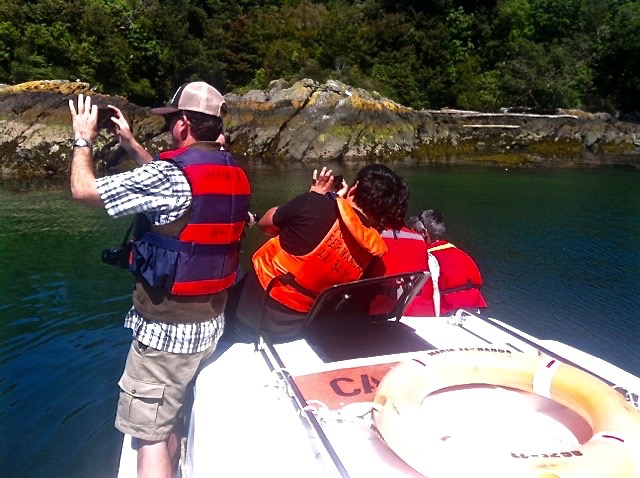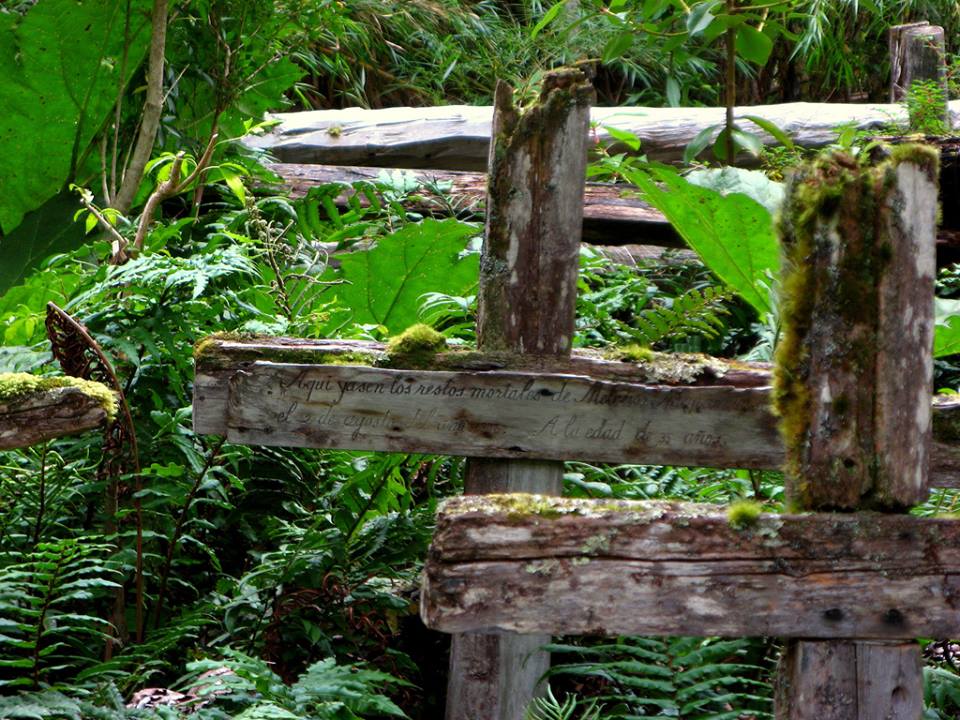.jpg)
 SPONSORED CONTENT: Sernatur Aysen
SPONSORED CONTENT: Sernatur Aysen
The corners of southern Aysén are filled with mystery, emotion and transcendental possibilities. Taken together with the unrivalled landscape, they offer visitors to the far south of Chile the chance not only to get to know its beauty, but also to experience something unique and unforgettable.
Everything around you in this indomitable Patagonia says “Walk, breathe and connect!” The land of Aysén invites you to journey inward within a perfect landscape, and to discover its varied history in conversation with friendly locals.
See below for places and sacred histories that will help you connect with the real Aysén.
 Valle de la Luna
Valle de la Luna Valle de la Luna
Sixty-five kilometers from Coyhaique, in the locality of Ñireguao, you can find Chile’s other Valle de la Luna (Moon Valley). The endless plains of the Patagonian steppe, and countless rock formations mimicking the morphology of the moon, characterize this southern landscape.
The magical “lunar park” is a place of contemplation. Surrounded by vast steppes of festuca gracillima grass and lakes, it is possible to catch sight of various species, including great bustards, Magellan geese and even condors. A great energy pervades this mystical region.
From there you can observe the infinite starry sky and touch that pure, crystalline water that attracts anglers to the innumerable lakes, rivers and streams in the region. Without doubt, the perfect place for making unforgettable memories.
 Isla Magdalena
Isla MagdalenaNomadic remains in the Isla Magdalena National Park
To the north-east of the municipality of Puerto Cisnes you can find the Isla Magdalena National Park, which gives visitors the chance to take in and savor the natural beauty of the surroundings. One of the main attractions is the penguins (a protected species). From here you can also undertake various excursions into the local fjords and channels, or do some kayaking, or even recharge your batteries in the rustic thermal springs.
In this landscape the past is still visible in the present. 30 years ago bones were found here which are thought to belong to small groups of nomadic canoeists. These people are referred to as “Chonos,” and are believed to have inhabited the channels and fjords of these southern latitudes more than two thousand years ago. Today, the curious visitor can step back in time and investigate the origins and history of the site, a place which preserves the remains of what was the beginning of these southern lands.
 Isla de los Muertos
Isla de los MuertosIsle of the Dead: Memories on the shores of the Baker River
Thirty-three cypress crosses, erected three kilometers from the municipality of Caleta Tortel, gather in the middle of an imposing, humid and evergreen vegetation. Various hypotheses have been put forward as to what gave rise to this improvised and impressive rustic cemetery.
Some maintain that the crosses mark the remains of sailors who travelled through these parts and died from scurvy – a disease caused by a lack of vitamin C in the diet of seafarers.
Other believe that the remains belong to some of the 200 Chilotes, workers who came from Chiloe Island and were employed by the Baker River Operating Company at the beginning of the last century. They were contracted to colonize the land and to open up routes, and some believe they were poisoned by their employers to avoid paying their salaries.
Whatever the truth may be, it is a moving site which bears the signs of an arduous past, alive until the present day. In a final show of mercy, men buried their colleagues. The 33 small cypress boxes remain intact to this day, and the place is recognized as a national historical monument.
Today, travelers come from all over the world to get to know this and many other tales which are woven around this emblematic place. In Caleta Tortel they can arrange guided tours and - in less than 15 minutes of sailing down the Baker River – they can be connected to one of the most disturbing and dramatic histories from this part of Patagonia.
 Sanctuary to Gauchito GilGauchito Gil
Sanctuary to Gauchito GilGauchito Gil Was the man real or mythical? It is not clear. Yet what is certain is that Gauchito Gil (Little Gaucho Gil in English) forms part of the popular culture both of Chilean and Argentinian Patagonia.
Scattered, popular sanctuaries pop up in various sites. At kilometer 6, route 240, on the road to Coyhaique Alto; again on the road to Balmaceda at kilometer 7 of the Southern Highway and also in the area of Vista Hermosa, a few meters from Lake Chiguay, before arriving at Puerto Ibáñez.
It isn’t difficult to recognize them, with the candles, coins and red flags dedicated to this profane saint by the passing traffic. Devotees make a pause in their life’s journey, confident that “Gauchito Gill” will answer their prayers.
They say that his life was full of mischief and intrigue. That he was an exploited landless laborer from the Corrientes area who eventually turned into a bandit. Or that he had a love affair with a rich widow, a rancher, which caused an outcry in the lady’s family. His tragic death by decapitation was the beginning of his transformation into a gaucho saint who could answer prayers. Today countless tourists, residents and those passing through stop to either make their request or to pay back the help they received from the diligent “Gauchito Gil”.
Diverse histories unfold along the various routes of the Southern Highway. Some are mystical, some cultural, others are even cosmic. What they have in common is the ability to surprise and enchant all those who wish to visit and take back with them a little bit of the history of Destination Aysén Patagonia.
*This Content is paid for and written by our Sponsor
Translation by Benjamin Waters



